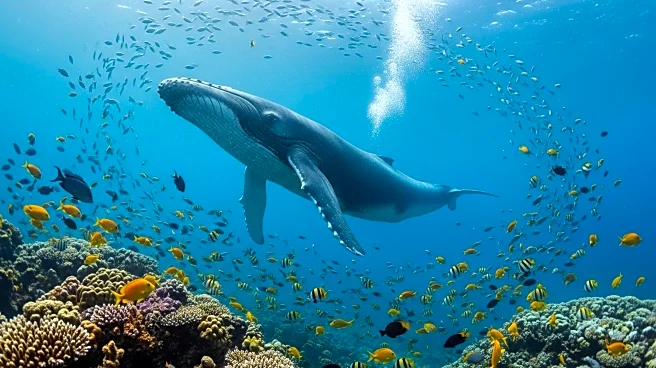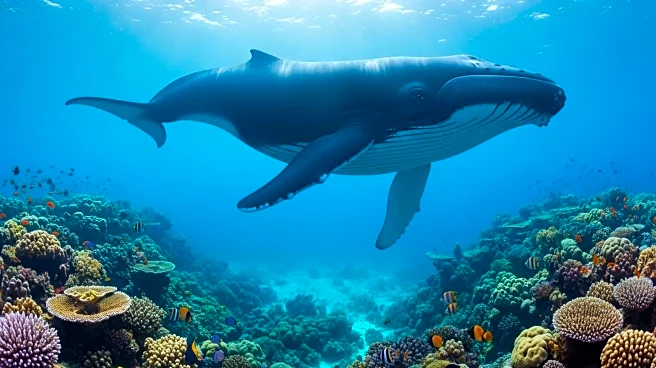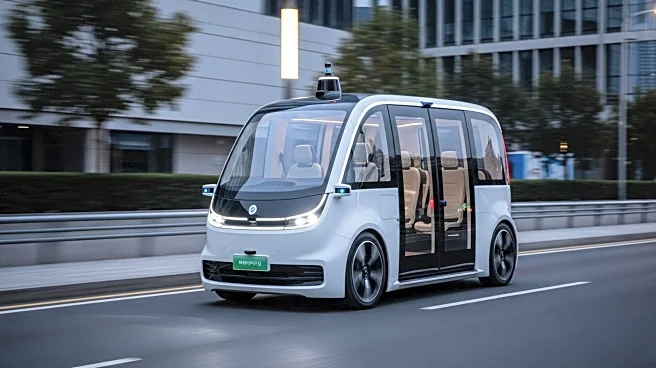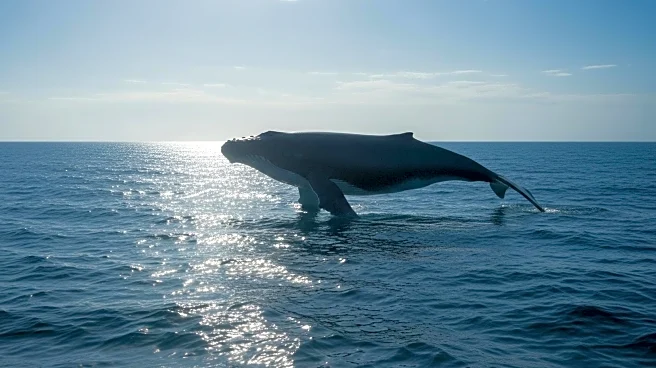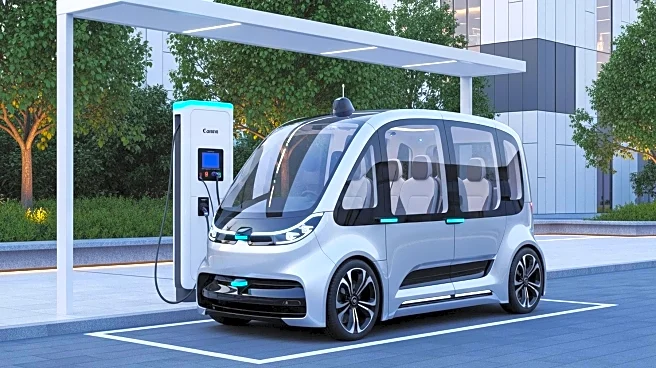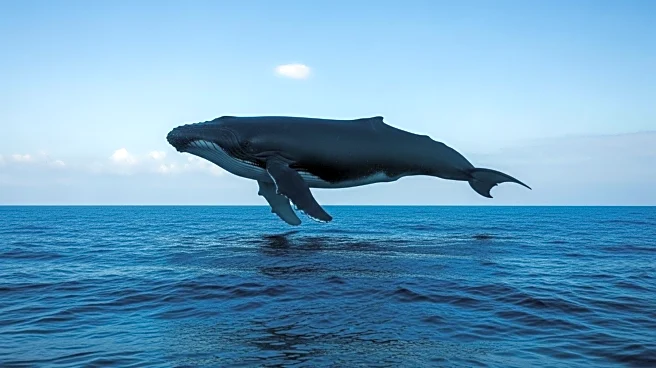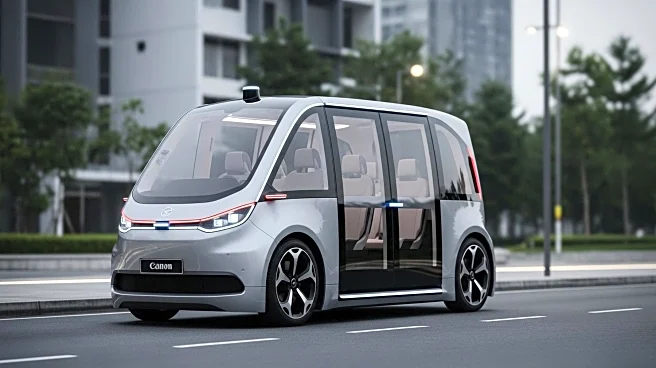What's Happening?
A team of engineers from the Massachusetts Institute of Technology (MIT), led by Professor Xuanhe Zhao, has developed an innovative atmospheric water harvesting window (AWHW) that can produce clean drinking water in arid regions. This device, which won the 2025 Gizmodo Science Fair, utilizes a hydrogel made from a hydrophilic polymer network enriched with hygroscopic salts to absorb water from the air. The hydrogel is sandwiched between two glass sheets, forming a window-sized panel that captures water vapor overnight and releases it during the day when heated by sunlight. Tested in Death Valley, the driest region in North America, the AWHW demonstrated effectiveness across humidity levels from 21% to 88%, producing up to two-thirds of a cup of water per day.
Why It's Important?
The development of the AWHW is significant as it addresses the global challenge of water scarcity, which affects over 2 billion people worldwide. By harnessing atmospheric water, the device offers a sustainable solution for providing potable water in resource-limited areas without relying on electricity. This technology could greatly benefit rural communities lacking access to traditional water sources like rivers and aquifers. The AWHW's ability to produce drinkable water directly, without further purification, sets it apart from other atmospheric water harvesting designs, making it a promising tool for enhancing off-grid water security.
What's Next?
The MIT team plans to improve the efficiency of the AWHW to produce enough water for entire households, even in desert climates. They are working on developing arrays of multiple panels to amplify water capture and intend to test the device in various locations, including Morocco and Singapore. The next steps involve scaling up manufacturing to make the technology affordable and accessible to those in need. The team aims to raise awareness about the device's potential to provide life-saving drinking water in water-stressed regions.


